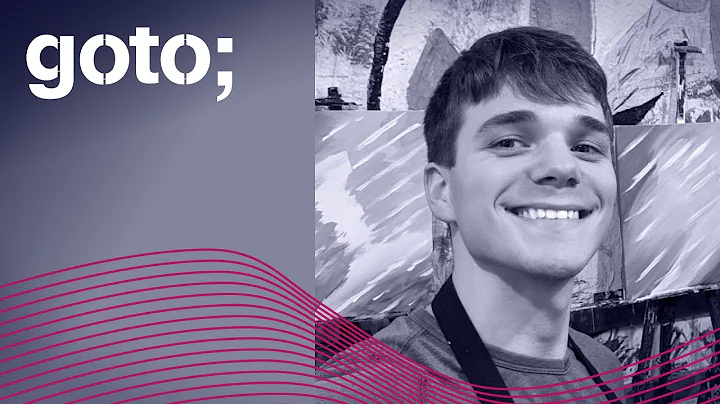Kotlin Coroutines: Channel vs Flow
Solution 1
For many use cases where the best tool so far was Channel, Flow has become the new best tool.
As a specific example, callbackFlow is now the best approach to receiving data from a 3rd-party API's callback. This works especially well in a GUI setting. It couples the callback, a channel, and the associated receiving coroutine all in the same self-contained Flow instance. The callback is registered only while the flow is being collected. Cancellation of the flow automatically propagates into closing the channel and deregistering the callback. You just have to provide the callback-deregistering code once.
You should look at Channel as a lower-level primitive that Flow uses in its implementation. Consider working with it directly only after you realize Flow doesn't fit your requirements.
Solution 2
In my opinion a great explanation is here (Roman Elizarov) Cold flows, hot channels:
Channels are a great fit to model data sources that are intrinsically hot, data sources that exist without application’s requests for them: incoming network connections, event streams, etc. Channels, just like futures, are synchronization primitives. You shall use a channel when you need to send data from one coroutine to another coroutine in the same or in a different process
But what if we don’t need either concurrency or synchronization, but need just non-blocking streams of data? We did not have a type for that until recently, so welcome Kotlin Flow type...
Unlike channels, flows do not inherently involve any concurrency. They are non-blocking, yet sequential. The goal of flows is to become for asynchronous data streams what suspending functions are for asynchronous operations — convenient, safe, easy to learn and easy to use.
Related videos on Youtube
Francisco Durdin Garcia
Android developer for @BQreaders. "If it were easy, everybody would do it"
Updated on September 15, 2022Comments
-
 Francisco Durdin Garcia over 1 year
Francisco Durdin Garcia over 1 yearI'm recently studying and reading a lot about Flow and Kotlin Coroutines. But I still get confused about when I should use
Flowand when I should useChannel.At the beginning it looked more simple. Working with hot streams of data?
Channel. Cold ones?Flows. Same goes if you need to listen to streams of data from more than a single place; if that's the caseChannelis the choice to go. There are still a lot of examples and questions.But recently
FlowChannelswhere introduced, together with tons of methods and classes that encourage the use ofFlow, which facilities transformingChannelsintoFlowsand so on. With all this new stuff coming on each Kotlin release I am getting more and more confused. So the question is:When should I use Channel and when should I use Flow?
-
 IR42 over 4 years
IR42 over 4 years
-
-
 Marko Topolnik about 4 yearsExtensive, well-commented example available in the function's documentation.
Marko Topolnik about 4 yearsExtensive, well-commented example available in the function's documentation.




